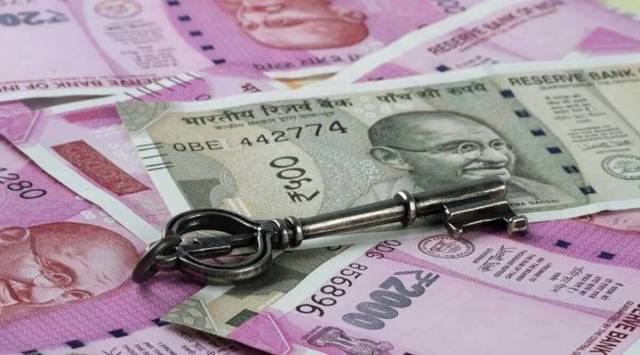- India
- International
Red flags over PLI scheme, NITI plans to monitor performance
Taking the lead in creating a centralised database to monitor progress in the PLI schemes across sectors, the NITI Aayog plans to rope in an external agency – state-owned IFCI Ltd or Sidbi – to design and prepare the database.
 With incentives under the PLI scheme topping Rs 2 lakh crore, stakeholders now feel the need to check if firms availing benefits are creating value. (Representational)
With incentives under the PLI scheme topping Rs 2 lakh crore, stakeholders now feel the need to check if firms availing benefits are creating value. (Representational)FOLLOWING RED FLAGS raised by the Department for Promotion of Industry and Internal Trade, the NITI Aayog has commenced work on evolving a set of objective criteria to track value addition by companies which avail financial rewards under the NDA government’s flagship Production-Linked Incentive (PLI) scheme, according to sources.
🗞️ Subscribe Now: Get Express Premium to access the best Election reporting and analysis 🗞️
Taking the lead in creating a centralised database to monitor progress in the PLI schemes across sectors, the NITI Aayog plans to rope in an external agency – state-owned IFCI Ltd or Sidbi – to design and prepare the database. This database will capture value addition, actual exports against commitments made, and job creation.
So far, the government has announced PLI schemes for 14 sectors including automobile and auto components, electronics and IT hardware, telecom, pharmaceuticals, solar modules, metals and mining, textiles and apparel, white goods, drones, and advanced chemistry cell batteries.
The PLI scheme, launched in March 2020, initially targeted three industries- mobile and allied component manufacturing, electrical component manufacturing, and medical devices. The incentives, calculated on the basis of incremental sales, range from as low as 1 per cent for the electronics and technology products to as high as 20 per cent for the manufacturing of critical key starting drugs and certain drug intermediaries.

In some sectors such as advanced chemistry cell batteries, textile products and the drone industry, the incentive to be given will be calculated on the basis of sales, performance and local value addition done over the period of five years.
At a recent review meeting of the empowered group of secretaries set up to address bottlenecks while implementing the scheme, officials from the DPIIT raised concerns there were no common set of parameters to understand the value addition by companies that have received or are likely to receive incentives under the PLI scheme.
Is there bang for the buck?
With incentives under the PLI scheme topping Rs 2 lakh crore, stakeholders now feel the need to check if firms availing benefits are creating value.
“At present, different ministries monitor the value addition of their respective PLI schemes. There is no way to compare two different schemes. Also, there are various deliverables such as the number of jobs created, the rise in exports and quality improvement. There is no centralised database to gauge all these,” a senior government official who attended the meeting on March 31, said.
Mails sent to the DPIIT, the IT ministry and the Niti Aayog did not elicit a response.
The PLI scheme was conceived to scale up domestic manufacturing capability, accompanied by higher import substitution and employment generation. The government has set aside Rs 1.97 lakh crore under the PLI schemes for various sectors and an additional allocation of Rs 19,500 crore was made towards PLI for solar PV modules in Budget 2022-23.
Departments and ministries which interact with companies operating in their sector also face certain specific issues. For instance, at times, the target for companies to qualify for incentives are too steep.
Citing the example of the Information Technology hardware sector, a government official said, “Until last fiscal, only 3-4 companies managed to achieve the incremental sales targets to qualify for the PLI scheme. Fourteen companies had been approved. Unlike global companies, most domestic companies relied on one or two supply chains which have been severely disrupted and due to no fault of their own, these companies won’t qualify for the incentive. That needs to be looked at,” the official said.
At the Niti Aayog review meeting on March 31, it was also suggested that a dashboard to flag hurdles at the state level be created. “These can then be addressed on priority,” said another official, who did not wish to be named.
The empowered group of secretaries was instituted in June 2020, and tasked with identifying the bottlenecks in PLI schemes, coordinating between states and companies for faster approvals, evaluating and ensuring quick investments in PLI schemes, and ensuring overall turnaround of projects.
The group is chaired by the Cabinet Secretary, and has the Chief Executive Officer of Niti Aayog, the secretaries of Department for Promotion of Industry and Internal Trade, Department of Commerce, Department of Revenue, Department of Economic Affairs, and the Secretary of the concerned ministry as its members.
Apr 25: Latest News
- 01
- 02
- 03
- 04
- 05








































